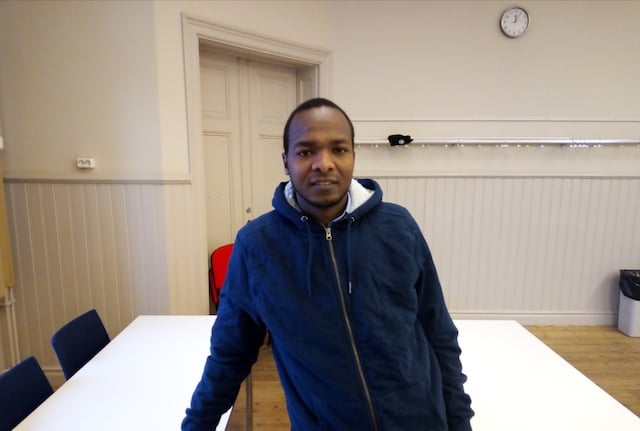As part of extra-curriculum activities, it was my privilege to join a visit to the Swedish parliament (Riksdag) and Kivinna till Kivinna on an SI study visit. It was a great occasion for me to gain insights on Swedish democracy.
Through the Swedish parliament study visit, I came to know that openness and democracy are the main priorities of Riksdag and it is the main place to make policy formulation, decisions on laws, and the government budget for the sake of the whole Swedish society.
The parliament is open to the public where you can witness the political debate. Access to the library and database are not a difficult if you are particularly interested in law literature and parliamentary documents.
The first noticeable thing in the Riksdag is a unicameral chamber which is stunningly located in the heart of parliament. However, a bicameral system was used in the early period of Swedish democracy. In line with the themes of transparency and accessibility, you can listen/observe the members’ debate about the political agenda and observe the voting results.
Likewise, the all the members’ speeches are well-documented and also provided to the media. Question-and-answer sessions with members also possible within defined areas of the Riksdag.
 Photo: Kyaw Zay Ya
Photo: Kyaw Zay Ya
The accessibility and availability to this information and database is another example of the transparency of the Swedish democratic system. In other words, free access to official documents is the fundamental right of citizens and allows them to influence the development of the society. The right to vote, elect, and influence is the basic structural requirement of a country to be regarded as a democracy.
The Swedish parliament guided tour offers a chance to observe the working process and everyday life of parliament at a glance, but has also inspired me to do research on additional literature about parliament.
At present, there are 29 constituencies in Swedish parliament based on different geographical areas. And there are 349 democratically elected members of parliament representing eight political parties, all working with the legislative process for the advancement of Swedish society.
Interestingly, Sweden use a proportional electoral system with the number of seats in the Riksdag for each of the eight political parties is in line with the number of votes obtained at the time of election.
Small parties can come into the Riksdag if they receive at least four percent of the vote, which demonstrates the inclusion of small parties in principal decision-making body and shows that Sweden does care about the different interests of different political parties in forming legislation.
Indeed, Sweden goes further in terms of gender equality; Sweden has one of the most gender-balanced parliaments, with women in occupying 45 percent of seats in parliament. Therefore, there is no doubt that Sweden is ranked at the top when it comes to gender equality.
 Photo: Kyaw Zay Ya
Photo: Kyaw Zay Ya
Creating chances and equal opportunities for women to stand for parliament, and the involvement of women in politics are crucial for those countries that are still on the path to democracy.
Next was the visit to Kvinna till Kvinna, where I realized the need of women to help with peace and rights during war and conflict. These type of civil society organizations (CSOs) are needed to support, protect, and safeguard the rights of women.
Noticeably, the level of the violence against women was underestimated, and their rights were not seen as a priority. The role of CSO is to serve as a bridge between the public and higher-level policy makers, and to advocate for women’s rights using women’s voices from the grassroots.
It is also essential for CSOs to be involved in creating a favorable environment for women and a system through which they can speak up. That is the very first step in raising awareness on a national and global level. Indeed, women’s voices are obligatory for prompting action in response to violence against women.
According to one statement, women’s empowerment and gender equality are preconditions for a well-functioning society. However, empowerment itself doesn’t mean the exclusion of men in any particular area.
For me, this one-day study visit enlightened me with new insights and knowledge about democracy, rights, and equality. Last but not least, it was a great chance to boost extra-curriculur activities and interact with the members from the Network of Future Global Leaders.
“All public power in Sweden proceeds from the people” -quote from Swedish Riksdag
Kyaw Zay Ya studies at Karolinska Institute and is originally from Myanmar.



 Please whitelist us to continue reading.
Please whitelist us to continue reading.